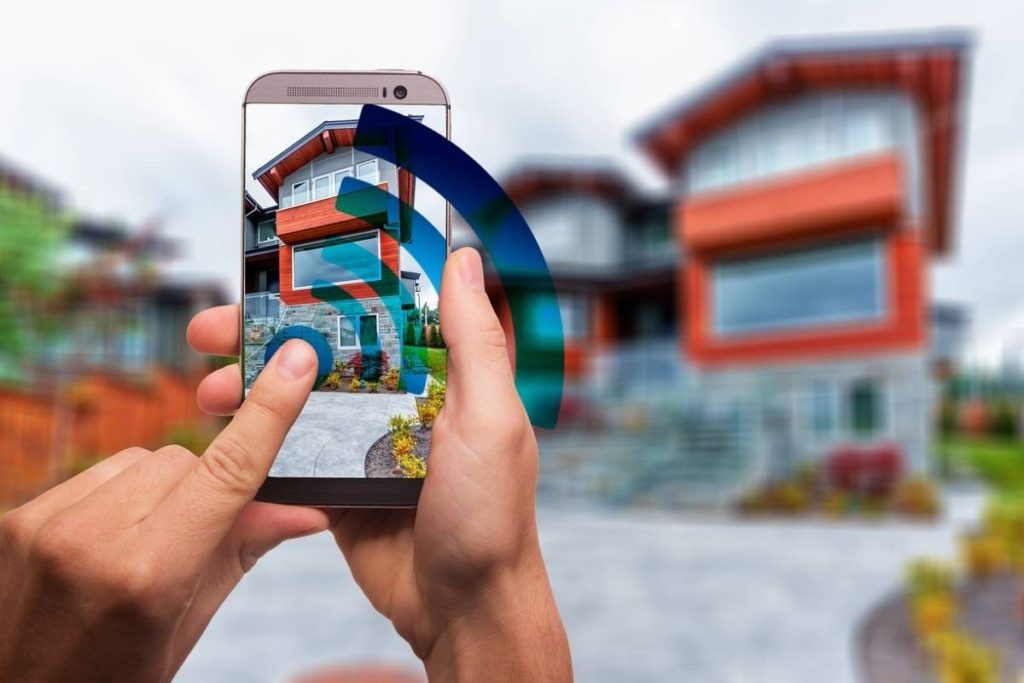The most important thing about owning a home in Australia is that it has a place that you can call your place and feel safe. However, you can only partially feel risk-free with extra effort in security.
Systems from companies like Smart Security are unnecessary, but they surely add that additional protection to help you sleep more peacefully at night. Here’s what you can do to achieve that.
Where To Begin With Home Securities?
When it comes to home securities, you will be flooded with many options. That is why you need to narrow down your needs first.
If you are renting an apartment in Australia, you will be restricted to do some changes within the unit that would make you feel safer. It would be best to discuss your concerns with your landlord to come up with the best result.
If you own the home you are currently living in; you will find it much easier to customize and add things to your home based on your preference and needs.
One of the first things you must look over is the cost of the materials. Some systems offered by companies have ongoing costs you need to attend to. They are best for when the Wi-Fi is down, but you will also pay for the monitoring and installation fee.
You should also consider gadgets that play well with Alexa if you have that in your home. You can use several devices, including locks, smoke alarms, sensors, video doorbells, and cameras.
Types Of Home Security Systems

These are the types of home security systems that you can get for your house:
DIY
DIY security systems are curated and installed by homeowners and have them monitored through a mobile application. You can also have them professionally monitored.
Professional
Professional installation usually involves technicians and systems with professional monitoring. A technician will be the one responsible for setting up the system with a set of devices placed at different parts of the home. On the other hand, professional monitoring includes a team of people that will respond to alerts in your home.
Wired
Wired security systems are connected to a home’s existing electrical system.
Wireless
Wireless security systems work through Wi-Fi, batteries, and cellular backup and connect with an app where you can control it.
They are much easier to navigate and install than wired security systems. However, you will need to change their batteries every once in a while when they run out.
Smart
Smart security systems require the internet to work. They provide live footage of what’s happening in front of the camera that you can access using a mobile app. You can also receive notifications and control the devices even when you are far from home.
Local
Local alarm systems do not need the internet. If an alarm suddenly goes off, you will only know if you are in the house to hear it. You will also have to go to it yourself to turn off the alarm.
You can have it professionally monitored via landline or cellular backup when you are away from home.
Home Security Basics
If you are not that familiar with home securities that you can get for your house in Australia, here are the basics that would be helpful to make you feel safe in your own space:
Camera
You can connect smart security cameras to the internet to see live footage from the device. Some even include notifications if it detects movement within the frame, packages, people, and animals.
Most also use colour night vision or infrared to see clearly when it is dark. You can save the footage in a local storage or cloud to watch them again if necessary. Some cameras come with a two-way radio that allows you to speak to anyone near that camera.
Different platforms offer smart cameras that you can use with your smart home system, like Google Assistant and Amazon Alexa.
Motion sensor
Motion sensors are usually installed in entryways or the home’s hallway to detect motion when needed. Some innovations are sensitive to pets and can detect them well, so it would not go off if they walked by.
Entry sensor
Entry sensors differ from motion sensors because they aim to detect if the door or window goes off its frame. They use magnets to do this and give off an alarm when the entryways open and close. They are primarily battery-operated and only require adhesive for installation.
Glass break sensor
If an intruder breaks your window to access your home, a glass break sensor will be helpful to notify you. However, it only detects the sound of glass breaking and gives alerts through mobile notifications.
Siren
Sirens usually coexist with other security devices. They will go off when other alarms do and help scare away intruders due to possibly alerting your neighbours.
Keypad
A keypad will be useful when you disarm a system that requires a code. It is often mounted to the wall that you can immediately access during a possible break-in.
Key fob
A key fob acts as a key when disarming alarms that have gone off. It is an alternative to keypads and much faster to do. You don’t have to reach a certain device to disarm the alarm.
Panic button
A panic button is often used in different establishments if something goes wrong. It will alert emergency services available in your area, be it the hospital, fire department, or police.
You can install them anywhere that is easy to reach. Having at least one of them is recommended on your bedside table.










